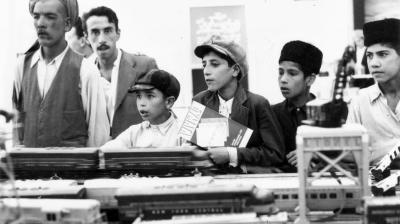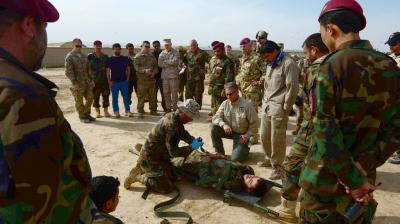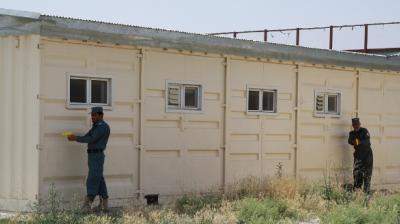Reinventing Public diplomacy in Afghanistan
With the end of the security transition process and the withdrawal of foreign troops from Afghanistan next year, the dominant military paradigm of the past twelve years will be replaced by a civilian-led international effort that continues to support long-term peace, stability and development. Without foreign ‘boots on the ground’ that can win hearts and minds, public diplomacy efforts will again become more important in our relationship with the Afghan people.
The challenge, however, is how to reinvent public diplomacy in a new political environment that is fraught with uncertainty and instability. In a first study, the Clingendael Institute recently compared the Dutch and American approaches of public diplomacy in Afghanistan. It found three basic differences. First, within the American model, culture is often used to create a narrative for the American interaction with the Afghan people, ultimately aimed at achieving foreign policy objectives. In the Dutch model, however, it is the other way around: cultural exchanges are primarily valued as positive assets in themselves, and only secondarily as instruments of foreign policy.
Second, the American model links public diplomacy efforts abroad openly to the ideological dialogue between the West and Islam. It is therefore also more linked to counter-insurgency and counter-terrorism objectives in Afghanistan. In contrast, the Netherlands has a more independent policy that separates public diplomacy efforts as much as possible from the military conflict. The Dutch focus is especially on cultural diplomacy: supporting both Dutch and Afghan culture, and any linkages between the two.
Third, given the larger US military profile abroad, their public diplomacy efforts have become a defensive mechanism, used to counter the negative perceptions of the US that result from its military operations in Afghanistan. In comparison, the Netherlands has had a much lower profile in Iraq and Afghanistan – even while in charge of Uruzgan province between 2006 and 2010 – which meant public diplomacy was never used as an instrument of damage control. The problem with the Dutch approach, however, is that the Netherlands have very few funds available to support public diplomacy initiatives in Afghanistan.
What is needed beyond 2014 is an approach that is disconnected from the current military framework. Such an approach departs from the more modest and non-military Dutch model, but includes the broader political and especially financial commitment of the American model. The new narrative of the public diplomacy discourse in Afghanistan should especially be about common values and common interests. It should convince Afghans why it is in their interest to align themselves with the West and to protect our shared interests from potentially malignant influences found in Afghan society.
* This article originally appeared in the Diplomat Magazine.




